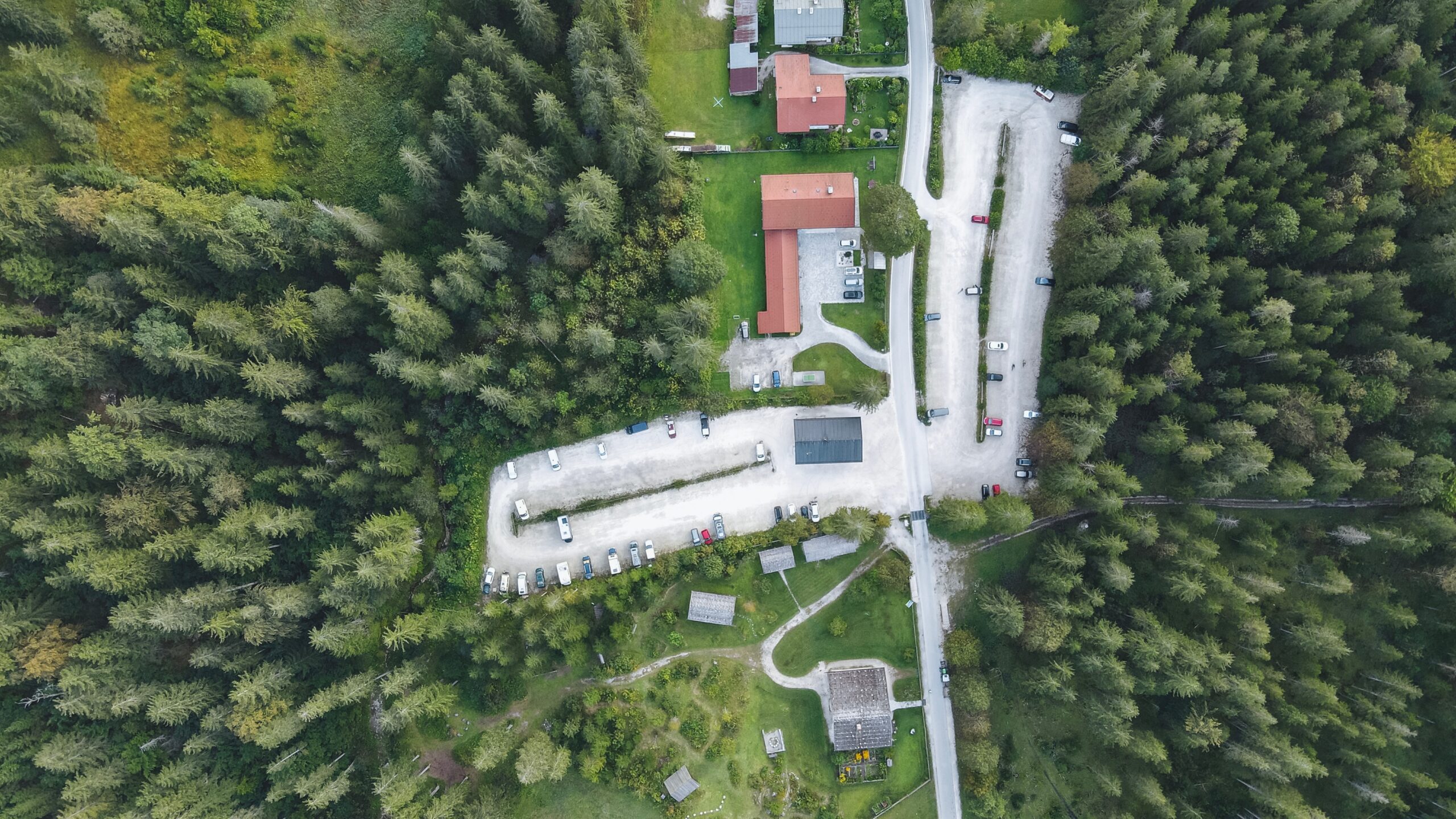Starting a land development venture can be a thrilling experience. It promises both financial rewards and the achievement of your vision. The US market was worth a whopping $12.4bn in 2022, which shows how big your business can get.
However, a slew of unanticipated dangers are lurking beneath the glossy brochures and magnificent designs. These risks can turn your ideal project into an expensive nightmare. The road toward effective development is rife with possible roadblocks you may not have expected.
We will look at some of the most unanticipated ways a land venture can go wrong, whether you are an experienced developer or a first-timer. We will also share a few tips to help you confidently navigate the perilous waters of building, zoning laws, and market dynamics. Here are a few valuable insights land developers can rely on.
Financial disruptions
Starting a land venture often necessitates a significant investment. However, disruptions can devastate even the best-laid financial strategies before a project is completed. Economic recessions, fluctuating rates of interest, and unanticipated expenses can all jeopardize your project.
You must create a solid financial emergency fund and keep lines of communication open with financiers and investors. A diverse funding method may also assist in reducing the impact of financial problems. It ensures that your project remains afloat in turbulent times.
Sudden weather disruptions
Mother Nature may not be cooperative with land developers, and severe conditions can disrupt schedules for buildings. Unexpected snow, rain, hurricanes, or other unforeseen events can cause project delays and cost overruns.
You must include climate contingencies in your project time frame and budget to overcome this problem. Advanced forecasting of the weather can help you organize more efficiently and adapt to shifting conditions at the moment.
Unforeseen site conditions
The land conceals a trove of possible problems beneath its surface. Unanticipated issues with underground facilities, quality of soil, and concerns about the environment can arise. A comprehensive site analysis and geotechnical examination will be your best bet to prevent this situation.
They can identify potential problems before they turn into costly unanticipated events. It allows you to adjust your schedule and budget accordingly.
Regulatory issues
Dealing with government agencies and zoning regulations can be an intimidating experience. Delays and roadblocks can occur as a result of permit issues, unforeseen zoning changes, or regulatory constraints. For example, you can start by searching Wetlands near me to avoid falling for a site that may not permit construction later.
You can engage with the local government early in the project to avoid legislative nightmares. It allows you to hire educated legal counsel and be ready to adapt your plans to meet changing demands. A collaborative approach is frequently beneficial in smoothing out regulatory wrinkles.
Labor crisis
Skilled workforce shortages and disputes over wages can bring the building process to a halt. You can imagine what it feels like to have your project stalled due to strikes or a lack of labor.
You need to maintain solid connections with your contractors. There is a need to have a plan of action for sourcing qualified employees in an emergency to avoid labor crises.
Supply chain challenges
The global supply network is a fragile ecosystem. Any interruptions can reverberate throughout your land development undertaking. Shortages of building supplies, pricing fluctuations, and transportation disruptions can all cause delays and budget overruns.
You should diversify your raw material suppliers, maintain a buffer of vital supplies on hand, and keep a close eye on the supply chain to respond quickly when problems arise.
Community objections
The community may still object even if you have checked all the regulatory boxes. NIMBY (Not In My Backyard) sentiments can erupt. It may result in protests, litigation, and delays in projects. You need to engage with residents early and deal with concerns openly.
Think about potential design changes that align with neighborhood requirements and aesthetics. Developing an excellent track record among neighbors can be an effective deterrent to objections.
Conclusion
The primary objective in the volatile world of land development is to prepare for the unforeseen by having solid plans in place. You can substantially decrease the possibility of your project going off track by proactively addressing these potential stumbling blocks. It increases the likelihood of a profitable and effective outcome.
Remember that each project is distinctive, and the particular obstacles you face will vary. However, a flexible and proactive approach will always be your most valuable tool. Knowing how to deal with these prevalent setbacks will provide you with a solid basis for success in the constantly shifting environment of real estate development.
